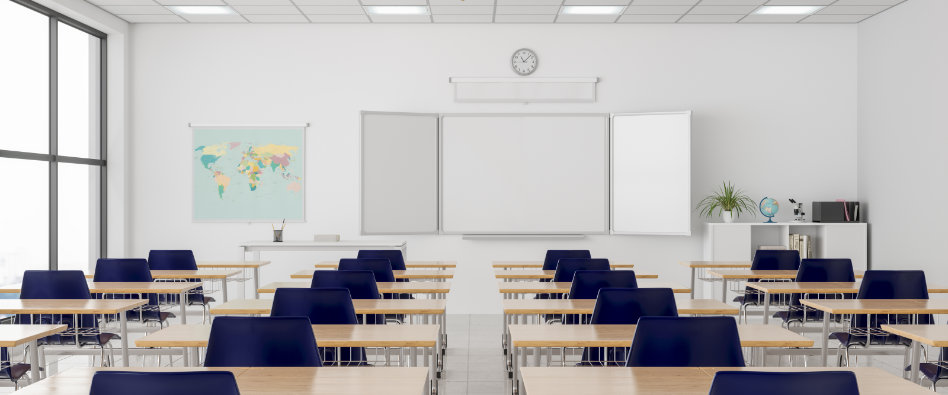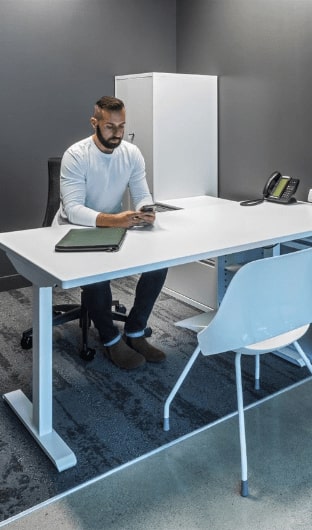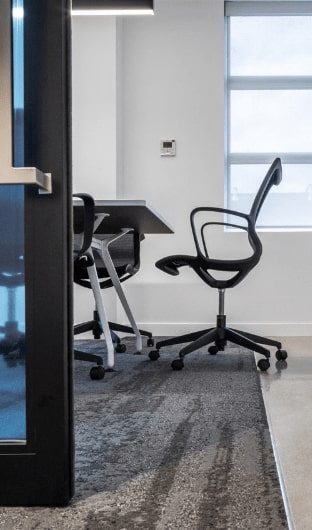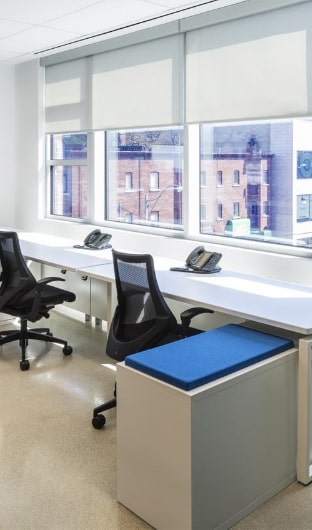
Revamp Your Classroom: 5 Ways to Optimize Education Furniture
Flexible classroom furniture has become increasingly popular in educational facilities due to its numerous benefits for student learning. Including adaptable seating options in classrooms can enhance student engagement and promote active learning. Improved comfort and ergonomics also play a crucial role in helping students maintain focus during lessons. Dynamic classroom environments that incorporate flexible furniture boost creativity and collaboration among students.
Classrooms are no longer limited to traditional desks and chairs. Instead, they are evolving into spaces that prioritize different students’ needs. The use of versatile education furniture allows teachers to create more interactive and engaging learning experiences. Students can choose seating arrangements that suit their preferences, enabling them to feel more comfortable and empowered in their educational journey.
From flexible seating options to ergonomic designs, these strategies offer practical solutions for educators seeking to create dynamic environments that enhance student focus, engagement, and collaboration.
Encouraging Student-Teacher Interactions with Flexible Furniture
Adjustable Desks: Adjustable desks in the classroom facilitate face-to-face communication between students and teachers. Students can easily raise or lower their desks to match their preferred height, allowing for better eye contact and engagement during discussions. This flexibility promotes a more interactive learning environment by encouraging students to actively participate in class.
Collaborative Seating Arrangements: Collaborative seating arrangements are another effective way to encourage student-teacher interactions. By grouping students together, these seating arrangements promote group discussions and foster a sense of teamwork. Students can share ideas, ask questions, and collaborate on projects, enhancing their learning experience.
Mobile Furniture: Mobile furniture is an excellent option for classrooms seeking to promote teacher-student interactions. With mobile furniture, teachers can easily reconfigure the classroom layout based on different activities or teaching methods. This adaptability allows for seamless transitions between individual workstations, small group discussions, or full-class instruction.
Ergonomic Chairs: Ergonomic classroom chairs play an important role in supporting comfortable and productive teacher-student interactions. These chairs provide proper back support and adjustable features that cater to individual needs. By ensuring students’ comfort, ergonomic chairs contribute to a conducive learning environment where students can focus on their lessons.
Adapting Classroom Spaces for Changing Student Needs and Accommodations
Modular furniture in classrooms offers a wide range of benefits, catering to diverse learning styles and preferences. With its adaptable design, it allows students to customize their learning environment according to their needs. Here are five ways furniture can be used to create flexible spaces that meet the changing requirements of students:
- Accommodating Diverse Learning Styles: Modular furniture provides the flexibility needed to accommodate various learning styles and preferences. Students can rearrange tables and chairs to create group workstations or individual study areas, fostering collaboration or focused learning as needed.
- Catering to Physical Disabilities or Mobility Challenges: Height-adjustable tables play a crucial role in ensuring inclusivity within the classroom. By allowing students with physical disabilities or mobility challenges to adjust the height of their workspace, these tables promote accessibility and comfort.
- Organizing Materials for Different Activities or Subjects: Furniture with built-in storage solutions helps keep classroom materials organized. Teachers can utilize shelves, cubbies, or compartments within desks to store books, supplies, and other resources specific to different activities or subjects.
- Providing Versatile Seating Options: In addition to traditional desks and chairs, incorporating versatile seating options such as bean bags, floor cushions, or standing desks adds variety to the classroom environment. This flexibility caters not only to students with special needs but also to those who may benefit from alternative seating arrangements due to sensory issues.
- Maximizing Space Addition: Modular furniture is designed with space optimization in mind. It allows educators to make the most of limited classroom space by utilizing multifunctional furniture pieces like foldable tables or stackable chairs when not in use.
By implementing these strategies through well-thought-out furniture choices, classrooms can adapt effortlessly to evolving student needs while promoting an inclusive learning environment that enhances engagement and success for all learners.
The Impact of Furniture on Classroom Dynamics
The choice of furniture in a classroom has a significant impact on the dynamics and overall learning experience. By incorporating flexible furniture, teachers can encourage student-teacher interactions and foster a collaborative environment. This allows for more personalized instruction and creates opportunities for students to actively engage with their peers. Adapting classroom spaces to accommodate changing student needs and accommodations promotes inclusivity and ensures that every student feels comfortable and supported.
To enhance the learning environment further, educators should consider investing in versatile furniture options that promote flexibility and adaptability. By doing so, they can create an atmosphere that encourages collaboration, creativity, and critical thinking among students. It is crucial to prioritize comfort without compromising functionality when selecting furniture for the classroom.
Connect with Harkel Office – a leading education furniture dealer in Ontario, to discuss how we can transform your educational facility into a learning hub where students feel comfortable and thrive.





